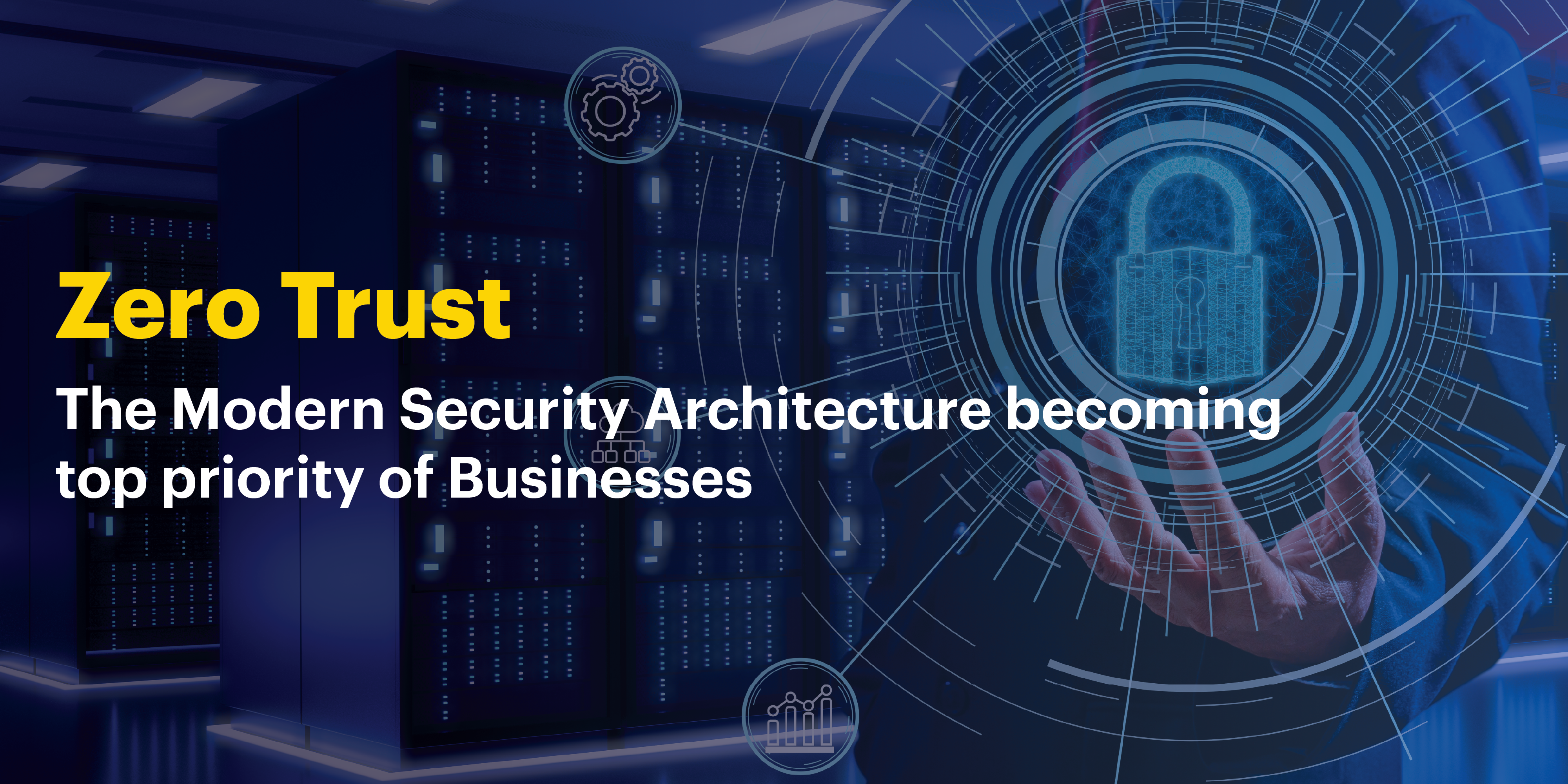Work-from-home or remote work has become the new normal in the post-pandemic workplace, and businesses must expect that their employees’ work-from-home settings and environments are not as safe.
Their wireless router is not set up for WPA-2 encryption. Their IoT gadgets, such as the baby monitor or smart thermostat, employ a patchwork of security methods, resulting in an average cost of a data breach of $1.07 million due to remote work.
According to the Cost of a Data Breach Report, data breach costs grew from $3.86 million to $4.24 million in 2021, the highest level in the last 17 years.
Cyberattacks continue to increase in frequency year after year, and no industry seems to be immune. During COVID-19, hackers concentrated their efforts on the healthcare and retail sectors because of pandemic concerns.
Cyberattacks against overburdened hospitals straining to cope with an influx of patients and pharmaceutical research laboratories rushing to create a vaccine have been rampant. Given the high risks involved, they are ready to pay enormous ransoms to preserve company continuation.
Cybercriminals have targeted online companies that stand to gain from increased e-commerce demand during the shelter-in-place period.
Conventional perimeter security is no longer adequate to fight against this expanding wave of threats because of trends like work from anywhere, supply chain vulnerabilities, and billions of newly linked intelligent gadgets.
Instead, we must begin with the belief that all assets, including individuals, devices, applications, workloads, and data, are intrinsically dangerous and must be secured as such – a concept known as Zero Trust.
Organizations should examine what actions they may take to develop their Zero Trust strategy, if they haven’t already, in light of the following trends:
Modern trends
25 billion connected devices
The sheer number and variety of devices on today’s networks are overwhelming. Every year, billions of devices connect to company networks throughout the globe via guest endpoints, devices, and operational technology systems.
According to Gartner’s report, by the end of 2021, the world will have 25 billion connected devices.
With the right Zero Trust tools, security leaders can quickly gain visibility into this new device landscape to implement network controls and dynamically segment and isolate all managed and unmanaged devices.
Vulnerabilities in the supply chain
A series of events in 2020 demonstrated the fragility of our technological supply chain. Attacks on organizations like SolarWinds have underlined the severe danger that each piece of software introduced into your environment poses.
Zero Trust helps to better defend your environment against these vulnerabilities by adopting least-privilege principles and segmentation, as well as limiting the blast radius of any successful assaults.
Remote work
Cloud-based services and other technologies outside the traditional network perimeter are becoming more critical to today’s businesses.
Perimeter security measures that default to high internal network trust levels are unsuitable for today’s distant corporate scenario.
Organizations may use Zero Trust to continuously evaluate and enforce all remote devices connecting to their corporate networks and automate control implementation across heterogeneous networks.
Why adopt a Zero Trust security?
Organizations may use Zero Trust to lower the risk of cloud and container deployments while increasing governance and compliance. Organizations may learn more about their users and devices while recognizing risks and preserving network management.
An organization may adopt a Zero Trust method to identify business processes and data flows, people, and related risks.
A Zero Trust approach aids in the development of policy rules that can be automatically changed in response to detected hazards.
Organizations that switch from conventional perimeter security to a Zero Trust model boost their degree of continuous verification, allowing them to identify and frequently halt the following tactics before they cause an intrusion:
- Employees are the target of phishing emails
- Lateral migration inside a company’s network
- To breach a corporate computer, redirect a shell to a service
- Stealing a developer’s password or credentials to the application database
- Database exfiltration through a hacked application host
- Using a privileged workstation to compromise the application host
- Increasing application host rights by using a developer password
- Gaining access to a select workstation
- Installing a keylogger via local privilege escalation
As a consequence, trust capabilities may be built into corporate processes, services, and systems, making it easier to:
- Prevent data breaches and limit lateral movement using application micro-segmentation.
- Extend security protection across different computing and containerized environments using the underlying infrastructure.
- Gain cross-environment insight into people, devices, components, and workloads, identifying and enforcing regulations on what is operating.
- Constantly check for indications of compromise and react accordingly. Logs, reports, and alerts aid threat detection and response.
- Maintain organizational security while maintaining a consistent user experience.
- Reduce the number of full-time equivalent hours and the complexity of the architecture.
Conclusion
The moment has come to explore, extend, or accelerate Zero Trust. Zero Trust not only improves security but also lowers costs and increases complexity, giving business and IT executives, cybersecurity teams, and end-users greater peace of mind.
Fortunately, getting to Zero Trust is now a lot simpler than ever. Organizations may work at their speed with Team Computers to construct an end-to-end Zero Trust architecture one step at a time.
To know more, partner with Team Computers in your digital transformation journey by reaching out to our experts.
